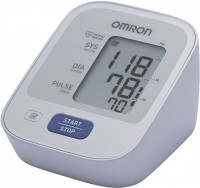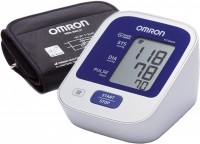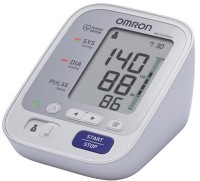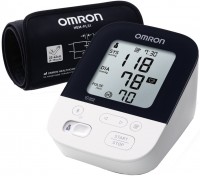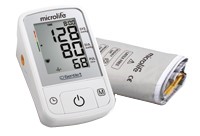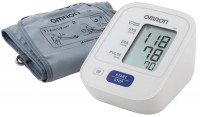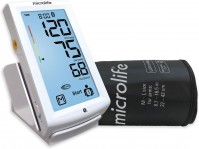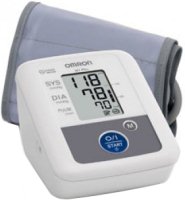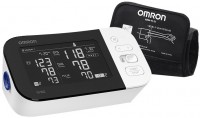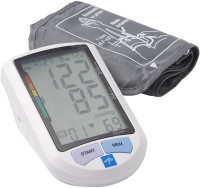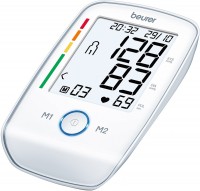Nissei DS-10A
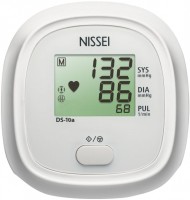 | Outdated Product Type: auto; Place of measurement: shoulder; Power source: batteries / mains; Batteries: 4xAA; Pressure measurement range (mmHg): 40 – 250; Pulse measurement range (bpm): 40 – 180; Cuff dimensions (cm): 22 – 32; Functions: pulse measurement; determination of arrhythmia; measurement error signal |
Nissei DS-10A | |||||||||||||||||||||||||
| |||||||||||||||||||||||||
Always clarify the specifications and configuration of the product with the online store manager before purchasing.
Catalog Nissei 2025 - new arrivals, bestsellers, and the most relevant models Nissei.
The Japanese company Nihon Seimitsu Sokki, which owns the Nissei trademark, is one of the industry leaders in the production of medical equipment for measuring blood pressure. In terms of “price / functionality”, its DS-10A tonometer seems to be very attractive.
Auto mode
The model belongs to the group of fully automatic means for measuring the level of blood pressure. The tonometer is armed with a compressor for pumping air into the cuff. The user only needs to tightly fix the cuff on the shoulder area of the arm and press a single button on the device body, which starts the measurement process.
Informative display
The tonometer gives the result in less than a minute. On the top line of its display, the indication of systolic blood pressure is displayed, on the middle — diastolic. In a smaller font at the very bottom, the measured heart rate is displayed. If the heart rate is uneven, the tonometer displays the arrhythmia icon. If the corresponding indication appears frequently in the process of measuring pressure, it is worth considering a visit to a cardiologist.
Interference indication
In order to obtain the most reliable readings, the Nissei DS-10A was equipped with an indicator of interference that could affect the measurement results. It signals the need to re-measure the blood pressure level when the user's movements are detected during the procedure. Out of the box, the tonometer is equipped with four AA batteries, a power supply from the mains and a bag-case. The negative factors of the model include rough seams on the cuff and the storage of only the last measured reading in memory. However, compared to the cost of the device and the high accuracy of measurements, these shortcomings do not play a significant role.



